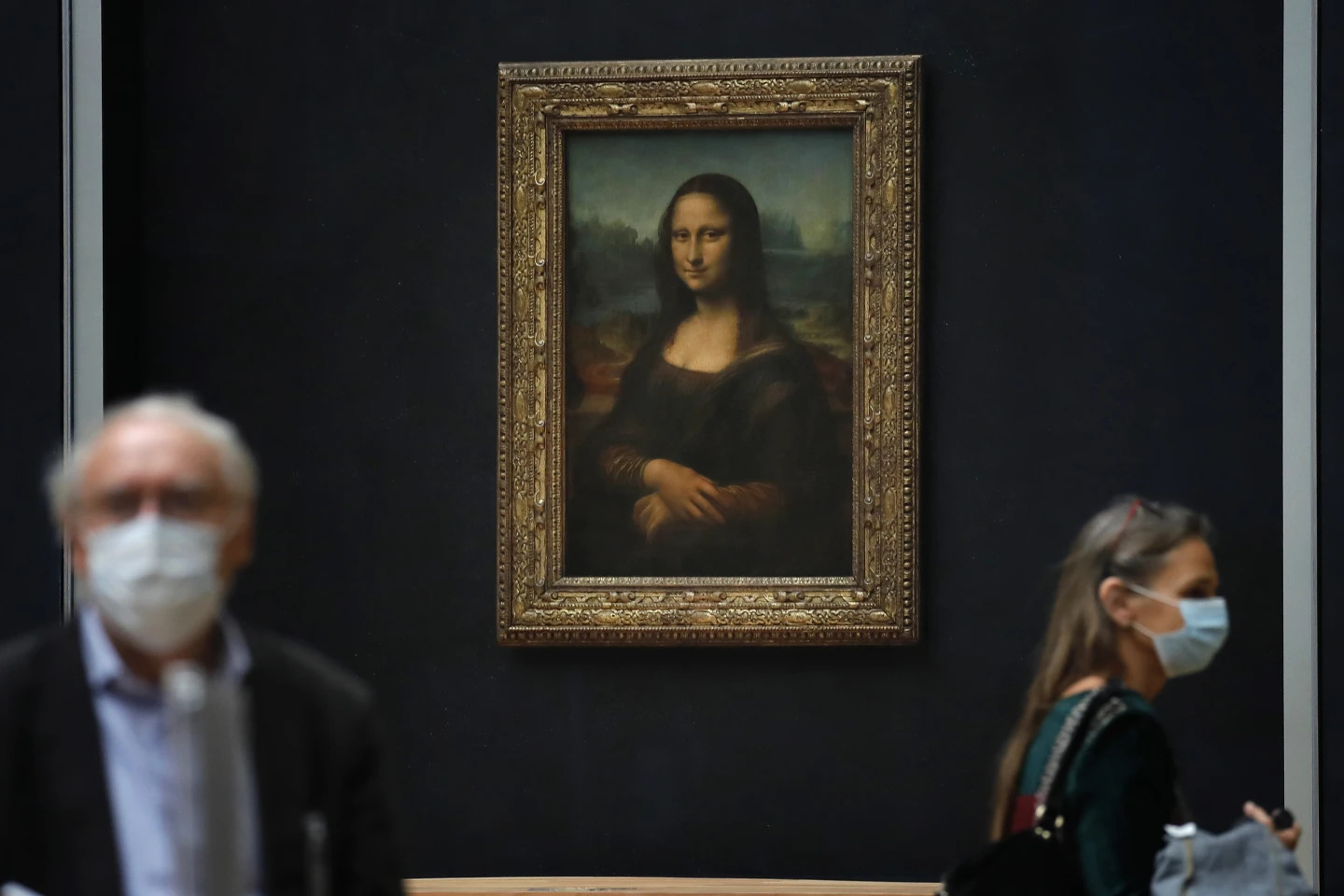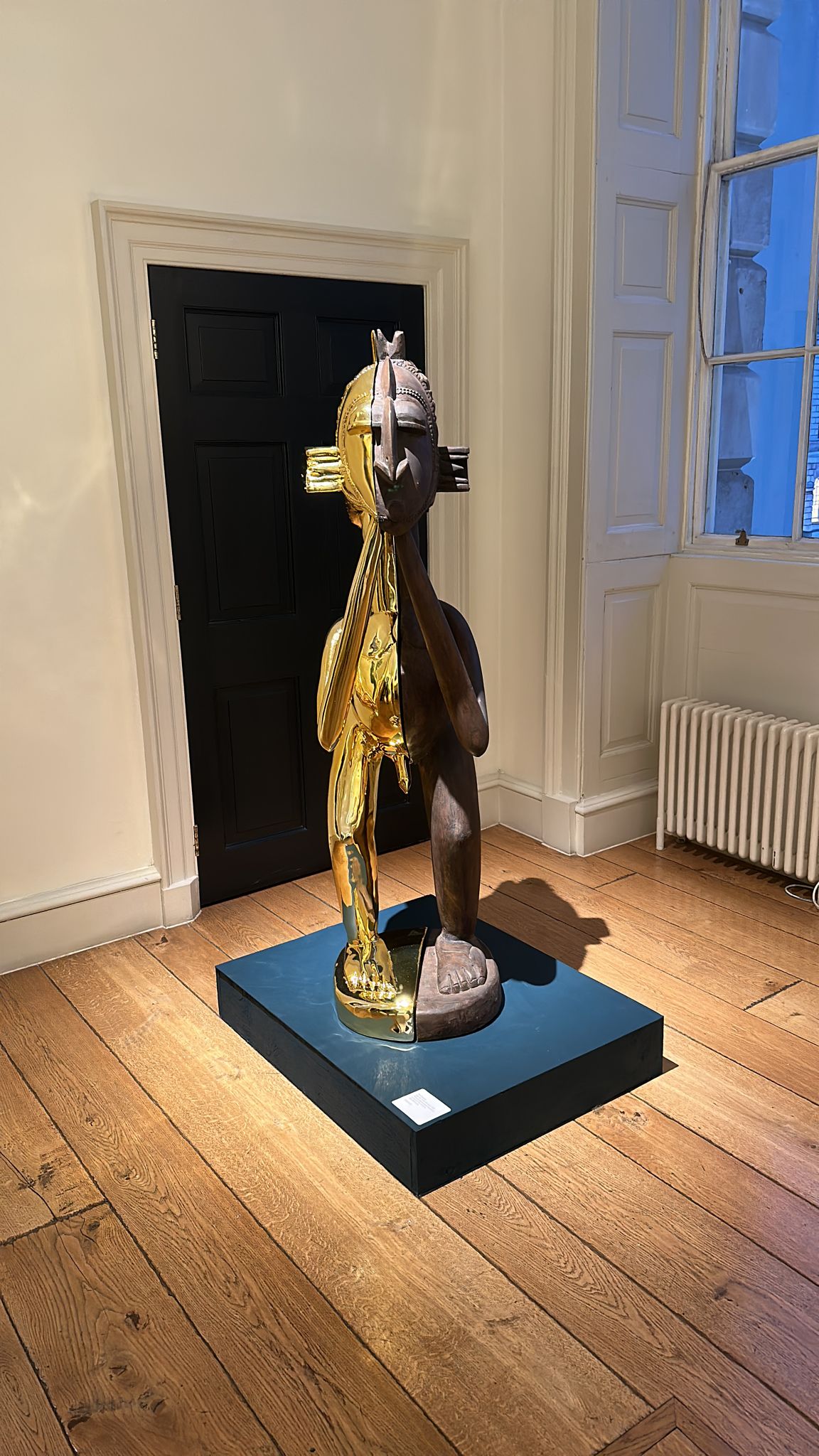A new research published on Oct. 11 has given up a new secret about Mona Lisa. Using X-rays to peer into the chemical structure of a speck of the celebrated work of art, scientists have gained new insight into Leonardo da Vinci’s techniques for painting his groundbreaking portrait.
The research, in the Journal of the American Chemical Society, suggests that Leonardo da Vinci may have been in a particularly experimental mood when he set to work on the “Mona Lisa” early in the 16th century.
The oil-paint recipe that Leonardo used as his base layer to prepare the panel of poplar wood appears to have been different from the “Mona Lisa,” with its own distinctive chemical signature, the team of scientists and art historians in France and Britain discovered.
“He was someone who loved to experiment, and each of his paintings is completely different technically,” said Victor Gonzalez, the study’s lead author and a chemist at France’s top research body, the CNRS. Gonzalez has studied the chemical compositions of dozens of works by Leonardo, Rembrandt and other artists.
“In this case, it’s interesting to see that indeed there is a specific technique for the ground layer of ‘Mona Lisa,’” he said in an interview with The Associated Press.
Specifically, the researchers found a rare compound, plumbonacrite, in Leonardo’s first layer of paint. The discovery, Gonzalez said, confirmed for the first time what art historians had previously only hypothesized: that Leonardo most likely used lead oxide powder to thicken and help dry his paint as he began working on the portrait that now stares out from behind protective glass in the Louvre Museum in Paris.







